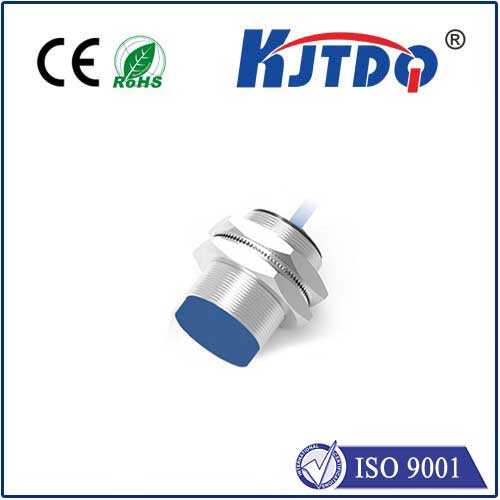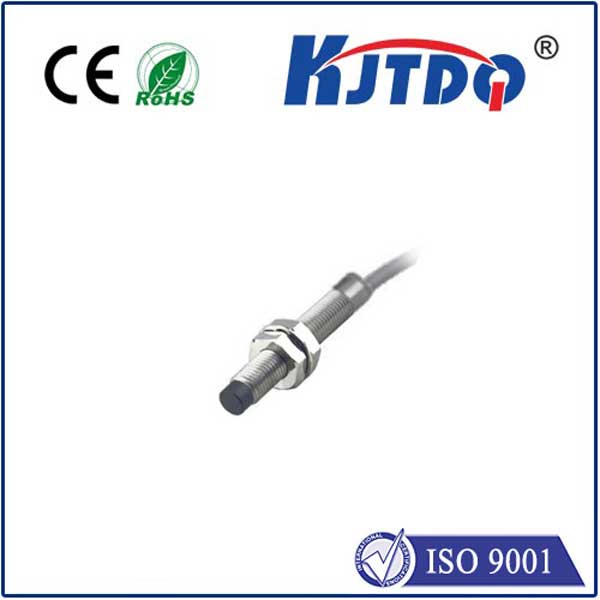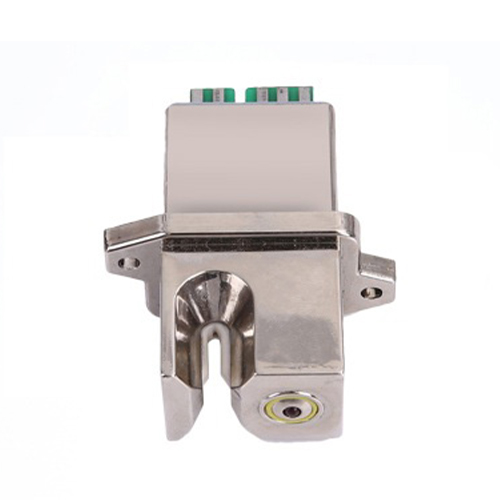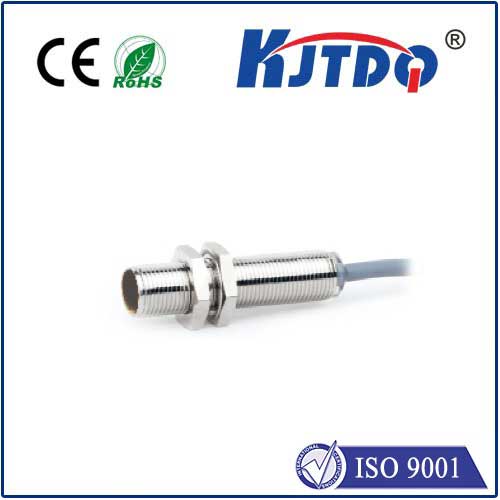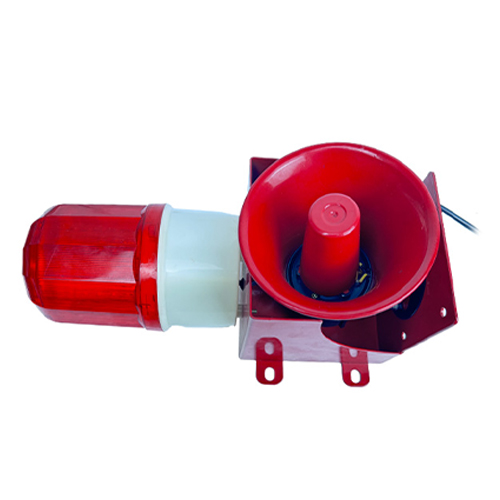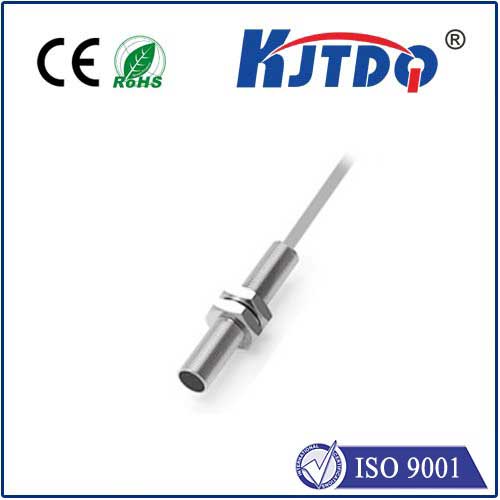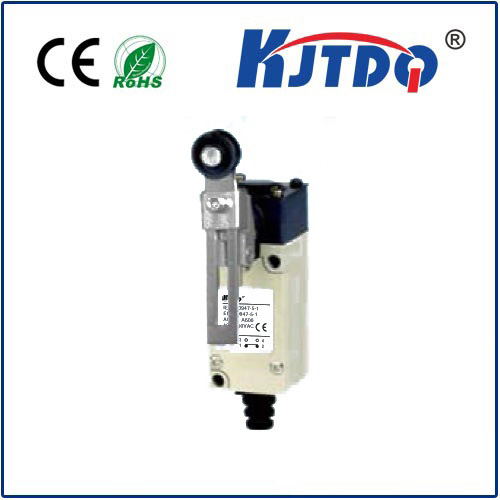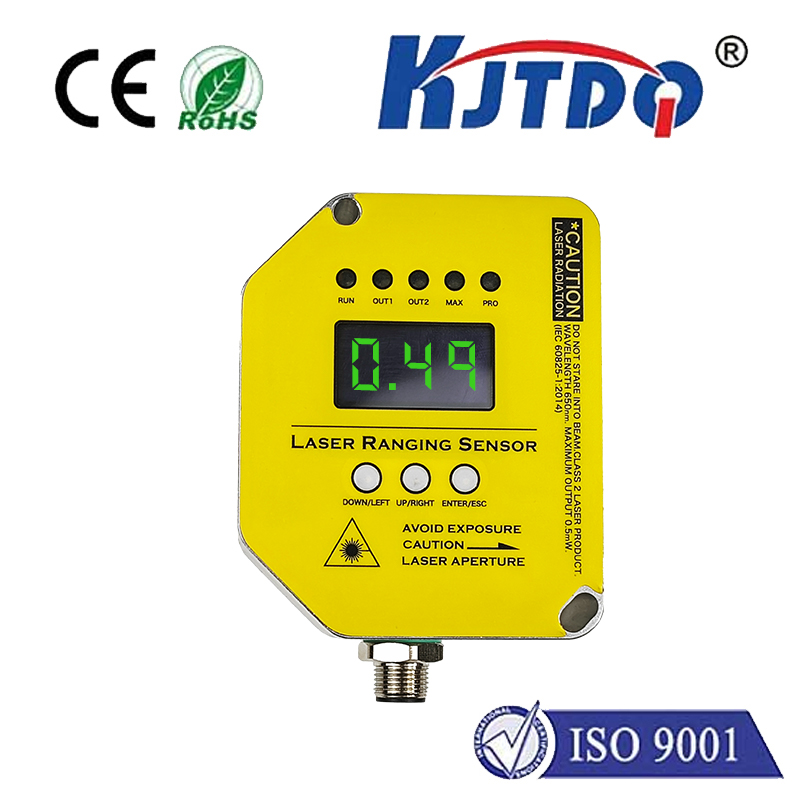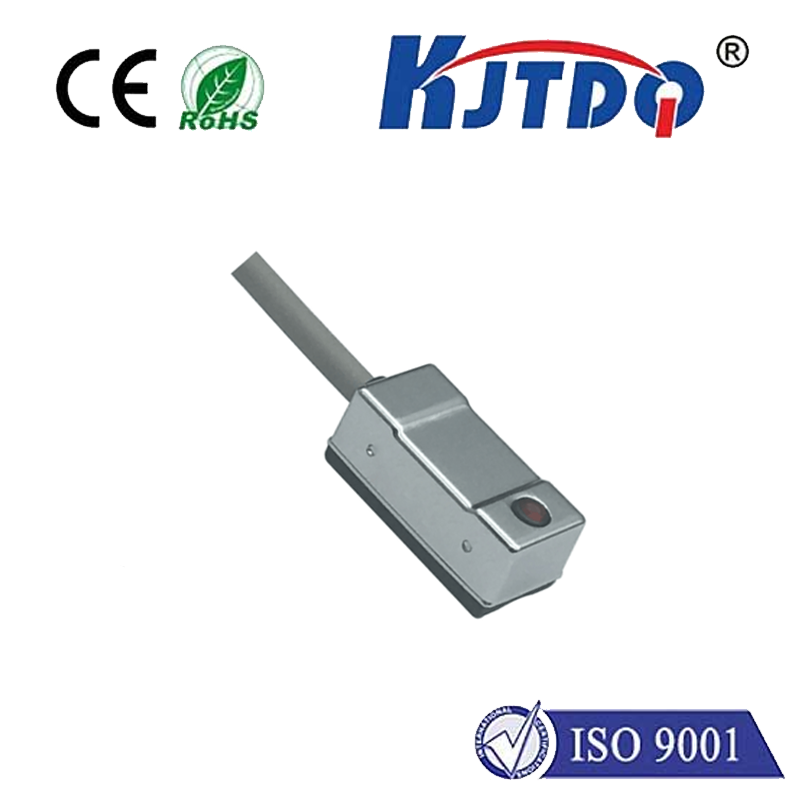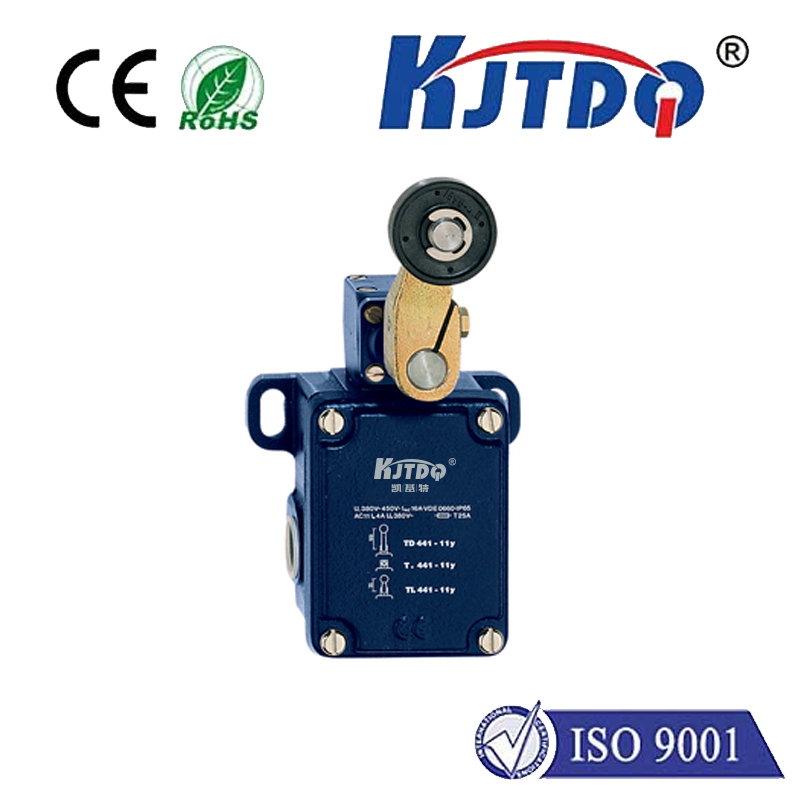ограничитель давления
- time:2025-07-30 15:37:09
- Нажмите:0
Pressure Limit Switches: Essential Guardians in Industrial Safety Systems
Imagine high-pressure steam coursing through pipes, hydraulic presses exerting immense force, or compressed air systems powering critical machinery. Now, imagine what happens if that pressure surges uncontrollably beyond safe limits. Catastrophe. Leaks, ruptures, equipment failure, and severe personnel hazards become imminent threats. This is where the unassuming yet critical ограничитель давления earns its reputation as a vital guardian. Acting as the last line of defense in countless industrial applications, these robust devices are fundamental to process safety and equipment protection.
The Core Function: Monitoring and Intervention
Fundamentally, a ограничитель давления is a safety control device designed to monitor the pressure of a fluid (liquid or gas) within a system and trigger a specific action – typically shutting down the system or activating an alarm – when the measured pressure reaches a predetermined danger point. Unlike pressure transducers that provide continuous output signals, a limit switch is binary: it’s either in its normal state or it’s tripped. This simplicity translates directly to reliability in critical situations.
How Does It Work? The Engineering Behind the Safety
Most pressure limit switches operate on a straightforward mechanical principle, though more sophisticated electronic versions exist:

- Pressure Sensing Element: The switch features a diaphragm, piston, or bellows exposed to the system pressure. As pressure increases, this element deflects or moves.
- Mechanical Linkage: This movement is transferred via a linkage or mechanism.
- Electrical Contacts: The movement ultimately actuates an internal snap-action switching mechanism. This mechanism rapidly opens or closes one or more sets of electrical contacts. Crucially, this action happens at a precisely calibrated pressure threshold – the set point.
- Output Action: The change in the contact state (e.g., from Normally Closed (NC) to Open, or Normally Open (NO) to Closed) sends a signal to the control system. This signal is interpreted as a command to initiate a safety response, such as:
- Shutting down a pump or compressor.
- Diverting flow via a relief valve.
- De-energizing a heating element.
- Illuminating warning lights or sounding audible alarms.
This fail-safe design prioritizes safety above all else. If a switch fails mechanically, it’s typically engineered to trip into the safe state.
Where Pressure Limit Switches Are Indispensable
The applications for these vital safety components are vast and span numerous industries:
- HVAC&R Systems: Protecting compressors from excessively high discharge pressure (head pressure) or dangerously low suction pressure (starving). They ensure refrigerant circuits operate within safe parameters.
- Hydraulic Power Units: Preventing catastrophic failure by cutting power to pumps if pressure exceeds design limits on presses, lifts, or machinery tooling.
- Compressed Air Systems: Safeguarding air receivers and downstream equipment from over-pressurization risks.
- Steam Boilers and Lines: Acting as critical high-pressure cutouts, preventing potentially explosive pressure build-up. They are often mandatory safety components.
- Fluid Power Applications: Monitoring pressure in lubrication systems, cooling circuits, and fuel delivery systems to prevent leaks or component damage.
- Industrial Process Control: Providing independent safety interlocks on reactors, pipelines, and filtration systems where pressure deviations signal danger.
- Pump Protection: Preventing “dead-heading” (pumping against a closed valve) which can destroy pumps, by monitoring discharge pressure.
Selecting the Right Pressure Limit Switch: Key Considerations
Choosing the appropriate ограничитель давления is paramount for effective hazard prevention. Key factors include:
- Pressure Range & Set Point: Must cover the required operating range and allow precise calibration to the desired trip point (often adjustable within a range).
- Media Compatibility: The wetted materials (diaphragm, housing seals) must resist corrosion or degradation from the specific fluid (oil, water, refrigerant, aggressive chemicals).
- Switching Function & Electrical Rating: NO or NC contacts? What is the required voltage/current capacity (e.g., 10A @ 240VAC)? Compatibility with the control system is essential.
- Accuracy & Repeatability: How close must the trip point be to the set value, and how consistently will it trip at that exact pressure?
- Environmental Conditions: Must withstand ambient temperature, humidity, vibration, and potential exposure to hazardous areas (requiring specific explosion-proof or intrinsically safe certifications).
- Enclosure Rating: Protection level against dust and water ingress (NEMA 4, 4X, IP65, IP67 are common for industrial use).
- Connection Type: Process connection size/thread (e.g., 1⁄4” NPT) and electrical connection type (conduit, terminal box, plug).
Beyond Installation: Calibration and Maintenance
Like any safety-critical device, a ограничитель давления is only as good as its calibration and condition. Regular maintenance is non-negotiable:
- Initial Calibration: Must be precisely set to the specified trip pressure using calibrated test equipment during installation. Never bypass or adjust a safety switch without authorization and proper documentation.
- Periodic Testing: Functional tests should be performed at scheduled intervals to verify the switch trips at the correct pressure and initiates the intended safety action. This is often mandated by safety standards and insurance requirements.
- Visual Inspection: Check for leaks, damage to the enclosure or diaphragm seal, corrosion, and secure mounting.
- Recalibration: Over time, mechanical components can drift. Recalibration according to the manufacturer’s recommendations or based on testing history ensures continued accuracy and reliability.
Conclusion: An Investment in Safety and Reliability
While often overshadowed by more complex control systems, the ограничитель давления remains a cornerstone of industrial safety. Its critical role in monitoring pressure extremes and initiating fail-safe shutdowns prevents equipment damage, costly downtime, environmental incidents, and, most importantly, protects personnel. Selecting the right switch for the application, installing it correctly, and committing to a rigorous regimen of testing and maintenance transforms this simple device into an unwavering guardian of system integrity. In a world driven by pressure, these switches ensure that safety is never compromised.

